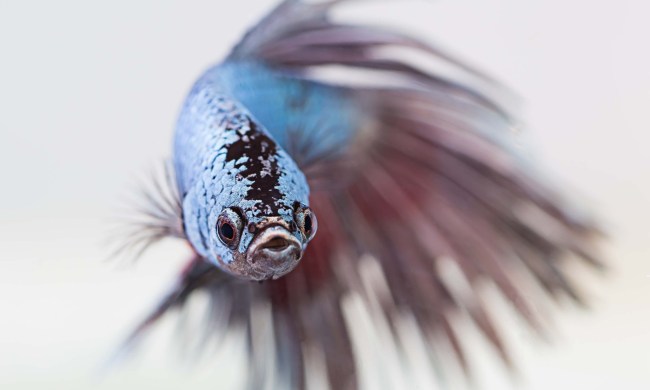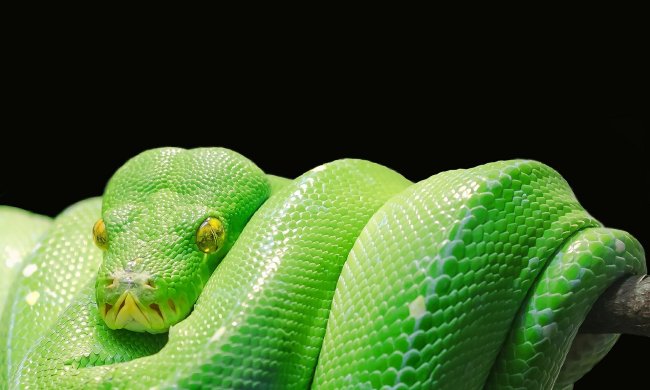Many reptiles make an excellent initial pet for anyone dipping their toe into pet ownership or for those who don’t want a furry commitment. But they also present some exciting challenges. While you might not expect it, these creatures can form attachments to us and will be affectionate and interested in their owners. But they’re a wide and varied animal group, and it can be difficult to select the right one for you.
What reptile should I get?
Regardless of which reptile you choose, the key is preparation. There’s no such thing as being too ready for your new housemate before you bring him home. Another key is to pick a reptile whose requirements aren’t too complicated, especially for a beginner. Here are the six most popular reptile pets that should make generally easy additions to your family.
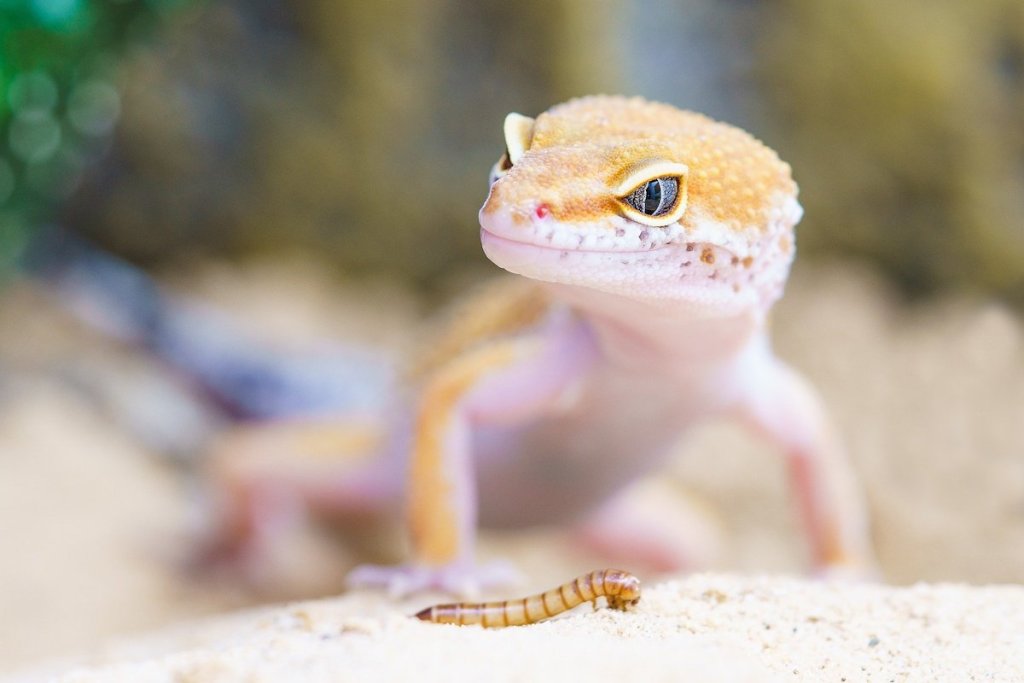
Gecko
These little lizards top the list by being fun and generally easy to care for, as well as making great pets for kids. Your gecko will live up to 20 years, so you’re signing up for a big commitment by bringing him home. Even with a simple pet, you need to set him up well before he arrives. For the most common types, like the leopard gecko, that means readying his food and housing. Your lizard will eat mostly insects and needs to stay warm and moist. A heat lamp and mister are essentials for this fan favorite.
Tortoise
The somewhat forgotten cousin of the turtle can be a good fit for a first-time pet owner. While many turtles enjoy live prey like goldfish and mealworms, your tortoise eats only fruits and veggies. He’ll thrive on a healthy diet of kale and dandelion greens, and you can throw in some strawberry leaves for flavor (you can eat the fruit). Tortoises live a long time and can grow pretty big, so consider that before bringing home a young one. However, many older tortoises are available for adoption with lots of life and energy left — for a tortoise, that is.
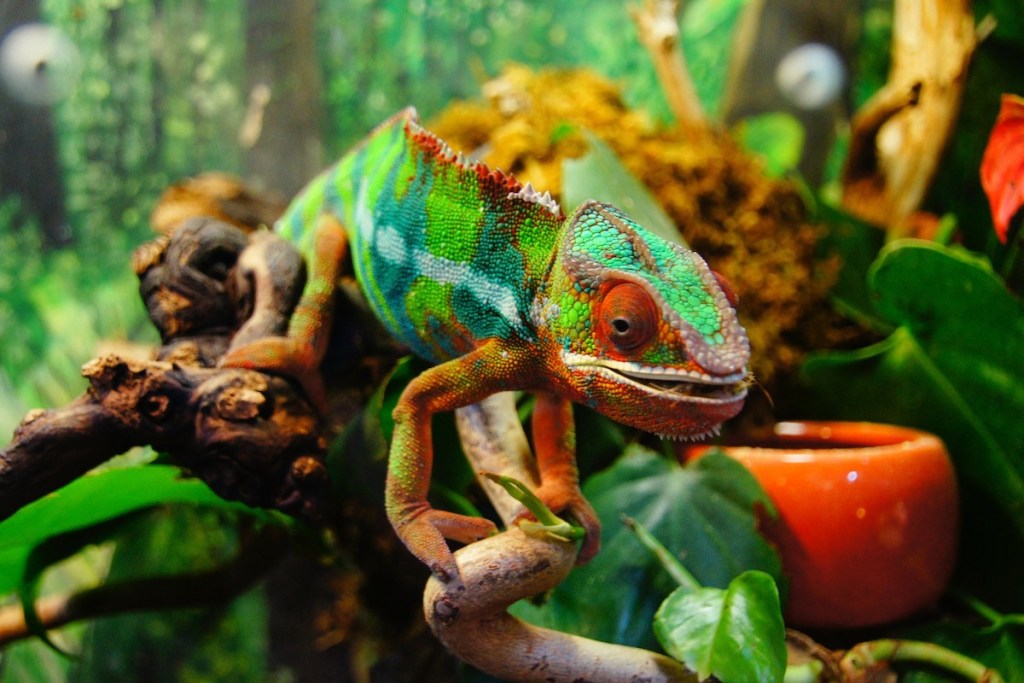
Chameleon
Everyone knows the chameleon for their color-changing ways, but they have a number of other neat features (googly eyes, anyone?). Chams can be a little trickier to prepare for, so go this route only if you can build them a proper habitat. Once you’ve set him up for success, you’ll have a chill pet who enjoys his alone time. While he might not want to hang with other lizards, he’ll enjoy being occasionally taken out to spend time with you away from his home.
Anole
Colorful and energetic, the anole makes an ideal reptile for newbies. Like the chameleon, this guy can sometimes change colors, but his bright, decorative fans are really what attracts people to him. Before purchasing your anole, set up a 100-gallon tank with a warm, wet, and leafy habitat. You’ll need to maintain a certain heat and humidity over the anole’s life, which means you’ll have to buy a thermometer, heat lamp, and hygrometer (to measure humidity). While the males are more colorful, they also can aggressively defend their territory. Never put two males together. Instead, get a pair of females if you want double the fun.
Bearded dragon
Unlike the chameleon or anole, bearded dragons want hot and dry. When setting up his house, select a large enough tank (50 or so gallons) to include a warm spot and a cooler area. You’ll definitely need a heat lamp with a nearby rock for him to bask. It needs to reach 100 degrees in there for him to remain comfy. Include thermometers and a hygrometer in the tank to ensure he’s staying at the right temperature and humidity. Bearded dragons enjoy human company, so feel free to engage with him regularly.
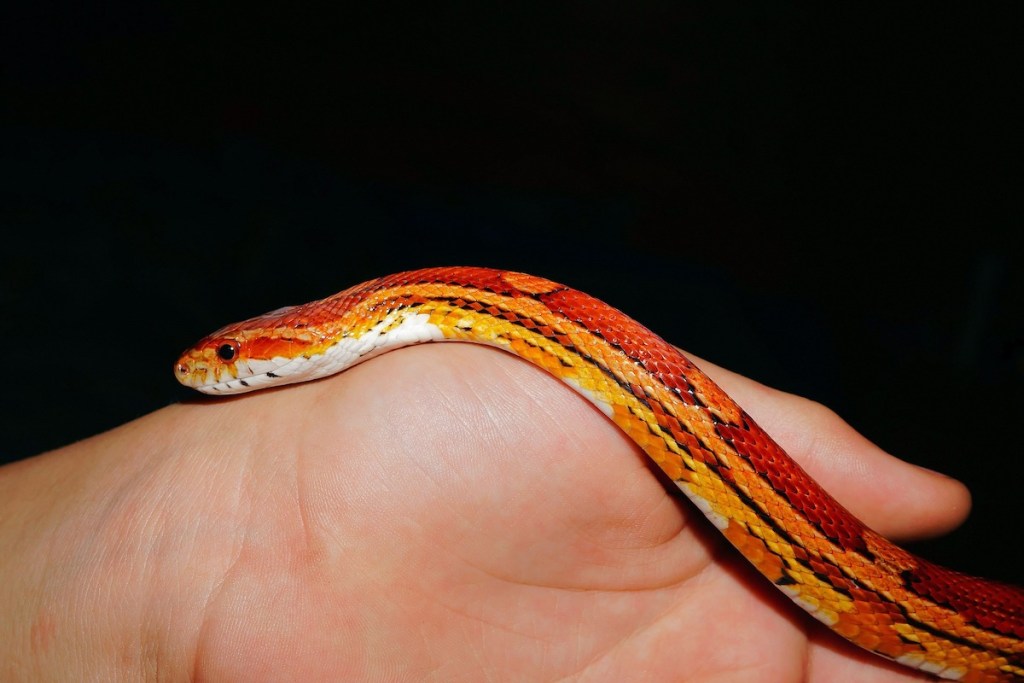
Snake
Okay, they can come off a little creepy sometimes, but snakes can make great pets for beginners. Do a little soul searching before purchasing one and make sure you have what it takes to properly handle your snake — and that everyone in the family is comfortable with it. You’ll have to feed the snake live or frozen prey (usually rodents) for her to thrive. Keep in mind too that snakes love to sneak out, and you should fully prep her cage in advance and monitor it closely for escape routes. Stick to the easier species like corn snakes and avoid the larger, trickier ones unless you have more experience.
As with any other animal purchase, you’ll want to select a reliable breeder with a known source. Ask questions to confirm your future pet was not wild-caught and check on his condition for noticeable signs of neglect. When you bring home a reptile, you’re setting yourself up for a long relationship. Many of these animals live for decades, so think through where he’ll go if you move on or your kids move out. Once you bond with your animal, though, we bet you’ll see the benefits of taking care of a reptile.

